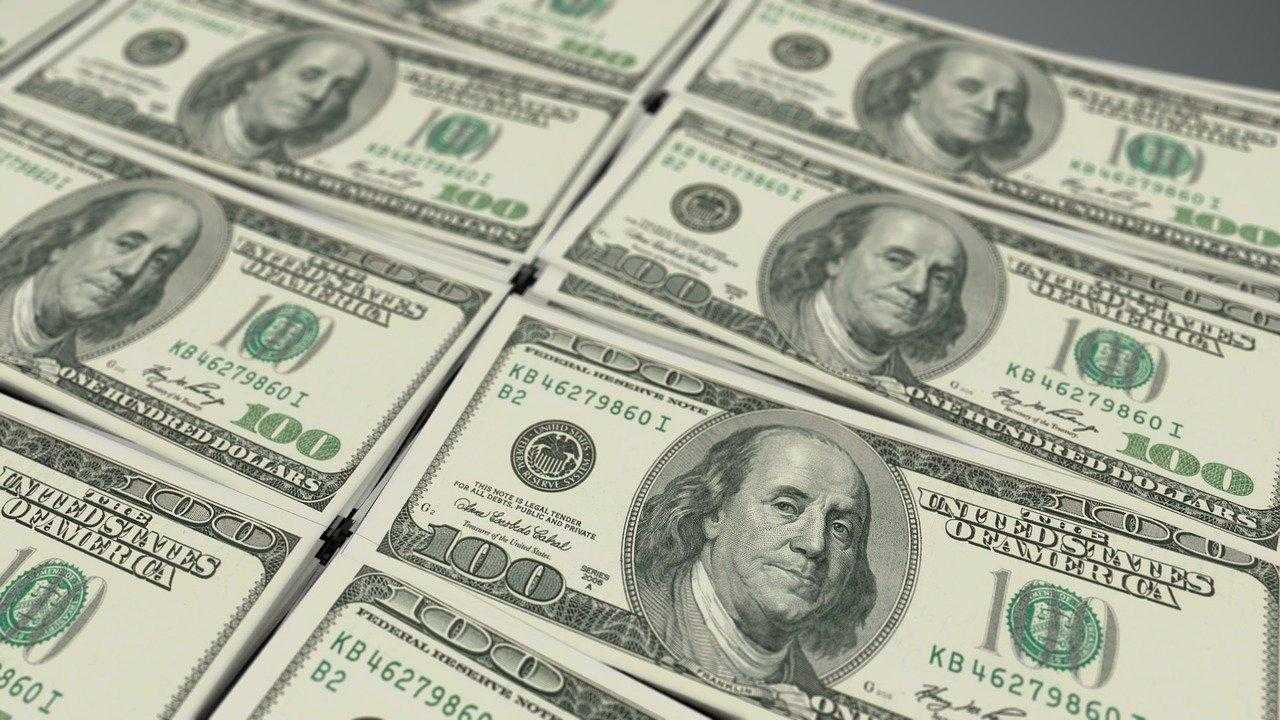The US Dollar Index takes support at 90.00 levels on expectations of good economic recovery in the US and huge stimulus announced by the Biden administration.

US Dollar Index (DXY) Bounces from 90.00 Levels
The US Dollar Index that keeps tracks of the dollar against a basket of other currencies was back at the 90.10 levels on Thursday 21st January 2021 but bounced back to 90.20 levels on better than expected data in the United States.
The US Dollar Index lowered to 90.11 on 21st January as investors moved to riskier currencies like the Australian and New Zealand dollar with lower non-economic data. The psychological support at 90.00 was challenged, but the greenback did not yield to pressure and bounced from the multi-session lows at this level to move higher. The US Dollar also gained support from the Democrat victories in the state of Georgia, which has brought up the US yields.
If the psychological level at 90.00 breaks, the greenback may move to 89.40 support levels of 6th January or to 88.90 level of March 2018 lows. However, if the USD moves past 91.00 levels, it would move higher to 92.12 or 92.45 level.
The US currency, which saw three consecutive downward days, has become positive with good economic data. Factory activity in January is the highest in 13 years. Existing home sales are better, with a 0.7% gain.
46th US President Sworn In
Joe Biden, the 46th president of the United States, was sworn in on Wednesday. Great changes are expected under his regime. The US Dollar gathers strength on the expectation of huge stimulus measures and larger government borrowing under the Joe Biden administration.
Biden’s pick for Treasury Secretary is Janet Yellen, the former Federal Reserve chair. She has called for a big stimulus plan, which is moving the US markets higher.
The Fed meeting coming up next week is awaited with much expectation from investors.
Stimulus Package by the Biden Administration
President Joe Biden’s $1.9 trillion stimulus package includes $1,400 as direct checks. It will deliver the amount directly to each taxpayer. Unemployment benefits will also increase to $400 per week. The direct payment will replace a major portion of the wages lost by an average worker, say analysts.
The stimulus plan announced by President Joe Biden is for $1.9 trillion. Already a $900 billion package was announced by President Trump in the last week of December. In March, $1,200 billion was approved as a stimulus, when the pandemic started.
The need for another big stimulus package in less than a month faces heavy criticism from Republicans, who challenge the $1.9 trillion stimulus plan. Greater borrowing could lead to inflation, and a loose monetary stance will result in high US Treasury yields.
US Economic Data Better than Expected
Retail Sales in the US have grown better, though in the negative territory. Retail Sales have come up from -1.4% to -0.7%. The stronger data is bullish for the US Dollar, as it is an indicator of consumer spending, which shows that economic activity in the country is improving.
Producer Price Index (PPI) month-on-month has gone up from 0.1% to 0.3% in December. It refers to changes in the manufacturer’s price of goods sold. It relates to the consumer price inflation that affects the overall inflation of a country.
The Jobless Claims released by the Department of Labor showed that claims were at 900,000, though it was lower than the expected figure at 935,000. Experts say that they expect claims to drop again. Jobless claims are currently above the pre-pandemic highs at 695,000.
Housing Starts surpasses estimates at 1.66 million units, while Building Permits increased to 1.709 million units last month. A higher factor index in the Atlantic region is showing that the economy is slowly recovering. The huge stimulus package is bringing hopes for a faster recovery in the world’s largest economy.
The coronavirus pandemic continues to hurt the US economy. New restrictions are imposed on restaurants, tourism, and travel. Consumers are also not willing to travel or go to movies.
Coronavirus cases are higher in various countries like the Eurozone, the United Kingdom, and China, where lockdown and restrictions are increasing. The number of deaths is also higher with the new virus strain. Educational institutions that reopened after almost a year are shutting with the virus cases increasing.
The European Central Bank has kept interest rates unchanged in the policy meeting held on Thursday. ECB President Christine Lagarde has said that attention will be made to the foreign exchange developments.
The Euro region is facing a crisis with increasing Covid-19 cases. A political crisis in Italy is worsening the situation as it has a high impact on the economic upturn.
EUR/USD
EUR/USD currency pair, which lowered to 1.2060 levels, has strengthened to move ahead to 1.2167 for the weekend.
GBP/USD
GBP/USD currency pair is volatile but shows signs of gradual strength. The coronavirus is affecting the economic growth in many parts of Britain.
AUD/USD
AUD/USD has moved higher from the March lows and is at the 2018 levels at 0.7716. The Australian dollar has strengthened with the lower US Dollar Index.
NZD/USD
NZD/USD has also moved higher to 0.7184 levels for the weekend. Both the Australian dollar and the New Zealand dollar are risky currencies that have strengthened with the weakening greenback.